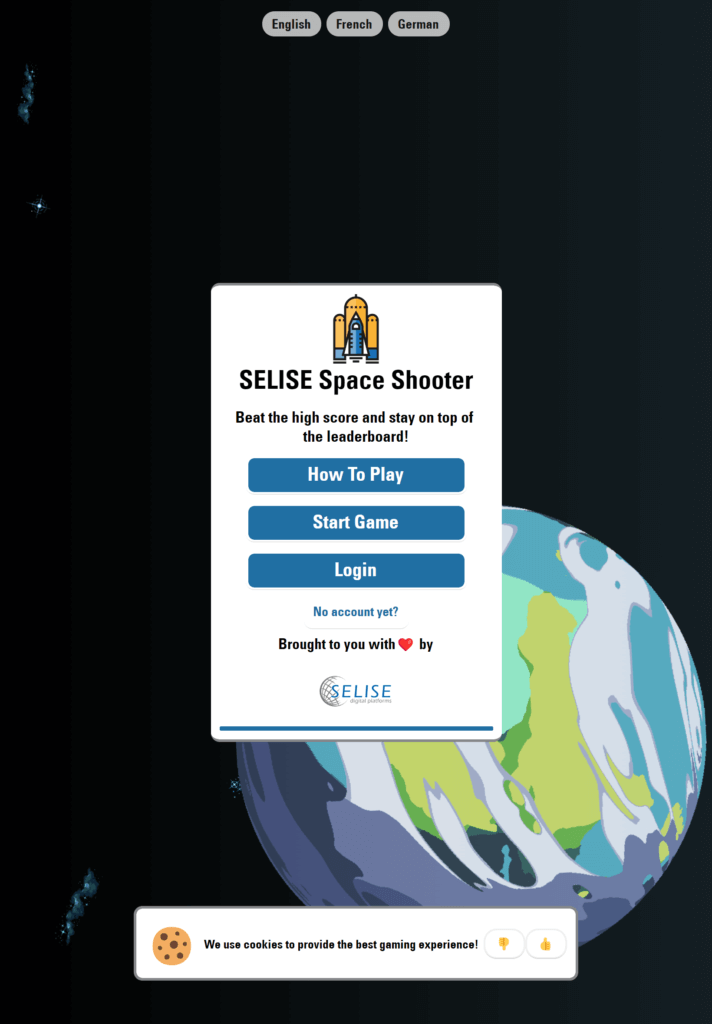- Who We Are
- What We Do
-
-
- Our Services
Industry Expertise
-
Business Functions
Technology
SaaS
-
-
- Insights
- Working at SELISE
- Contact Us
- EN
- DE
en
- EN
- DE


Uno Platform is a new-age multi-platform UI framework for building apps. It was a tough call and a risky one as this front-end framework is not targeted for game development but essentially to build general-purpose software applications.
It’s really amazing that with the power of WebAssembly you can build almost anything with C# for the web. Apart from the Uno platform, Microsoft is also pushing .NET MAUI that lets you build native apps for Android, iOS, Mac, Windows and Linux using a single codebase and C#. This is also adapted as platform-specific targets by the Uno platform.
There’s also Avalonia UI another UI framework which takes a different approach to empower C# to run in the browser with WebAssembly while targeting other OS natively. The key difference between the Uno platform and Avalonia UI is Avalonia UI uses a WPF XAML dialect, has its own native UI controls, and pushes the pixels to the screen using frame buffers and draws its UI controls itself. They also have CSS-like styling dialects on XAML unique to their platform. As they are using frame buffers, Avalonia UI is almost OS agnostic and compatible with Direct X APIs and can be used in the unreal engine too. On the other hand, the Uno platform has a WinUI 3 XAML dialect, utilizes OS-specific platform targets and code generators and uses native controls where it makes sense. You can mix HTML5 elements and JS elements with C# and use them with JSInterop. This makes Uno the most versatile framework of them all taking a balanced approach in terms of rendering UI controls allowing you to mix and match Javascript, C#, XAML, HTML, and CSS for the WebAssembly target.
On the non-XAML side, there’s Blazor WebAssembly which utilizes Razor, a hybrid of HTML CSS and C# code to enable C# for the web and there’s OpenSilver, a reincarnation of Silverlight that translates C# and XAML code to HTML, CSS, and JavaScript code and run them inside the browser. Recently OpenSilver also has released a WebAssembly variant that uses UWP XAML dialect and also supports JSInterop but in a slightly different way than the Uno platform.
Among all of these platforms, the Uno platform supports profile-guided AOT, full AOT, and mixed mode which is a combination of Just in time and Ahead of Time compilation allowing you to customize the payload side of your app while keeping it performant and delivering a near native execution speed.
Each of these platforms has a substantial amount of community around them, with Avalonia and Uno being on top and being backed by the .NET foundation. Right now C# is the main candidate to be named programming language of the year 2022 and it’s no surprise. After beating nodejs on the server side by yielding 11x more speed with .NET 7, C# is now out to conquer the front-end world.
At SELISE, our exquisite and extensive knowledge and understanding of how application frameworks work right from the lowest level, and execute inside their target ecosystems gives us an upper hand when it comes to making the right decisions in terms of creating solutions for our clients. This project is a testament to that.
As a humble programmer who is writing C# for almost a decade, with C# and WASM, I am beginning to see how web development can be reimagined when it comes to responsive and complex web app development that involves CPU-intensive tasks execution on the browser. All while utilizing the power of C#.
Written by Asadullah Rifat
Email: info@selise.ch
Contact Number: +49 89 54196883